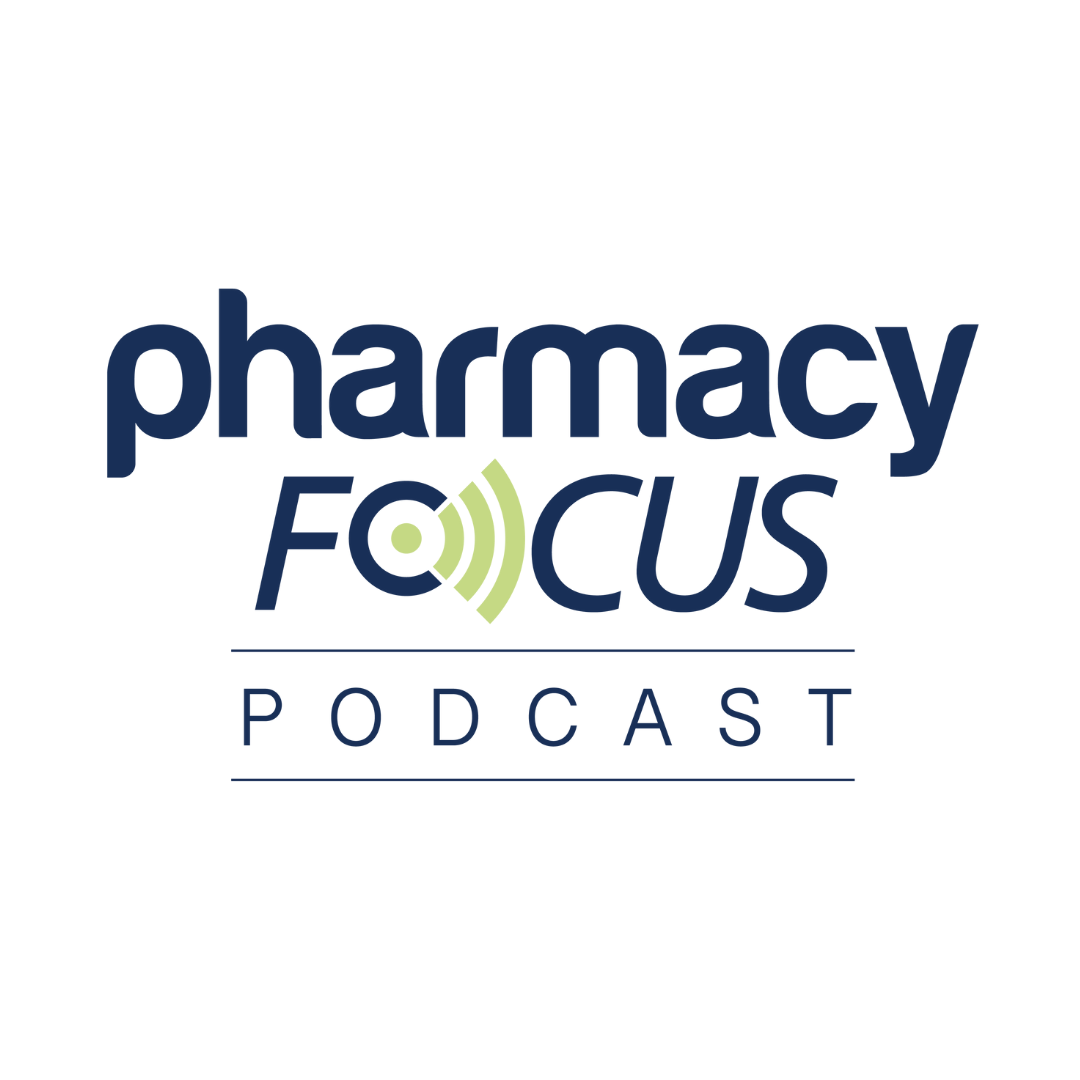Article
Recommendations for Safe Opioid Use in Hospitals
Author(s):
An alert from the Joint Commission includes a number of ways to ensure safe administration of opioids in hospitals, several of which emphasize the role of pharmacists.
An alert from the Joint Commission includes a number of ways to ensure safe administration of opioids in hospitals, several of which emphasize the role of pharmacists.
The use of opioids in hospitals is generally safe, but the medications are among those most frequently associated with adverse drug events. To help reduce the unintended consequences of opioid use among hospital inpatients, the Joint Commission released a Sentinel Event Alert on August 8, 2012, titled “Safe use of opioids in hospitals.”
Concern over adverse drug events involving opioids is well-founded. A British study that analyzed 3695 inpatient adverse drug reactions found that 16% involved opioids. In addition, the incidence of respiratory depression among post-operative patients averages about 0.5%. Among opioid-related adverse drug events reported to the Joint Commission’s Sentinel Event database between 2004 and 2011, 47% were wrong-dose medication errors, 29% were related to improper monitoring of the patient, and 11% were related to other factors, including excessive dosing, medication interactions, and adverse drug reactions.
The key to safe use of opioids in the hospital setting is assessing pain accurately and applying appropriate pain management techniques. Among the recommendations included in the Joint Commission alert are the following:
- Screen patients for respiratory depression factors.
- Determine the patient’s level of opioid tolerance or intolerance.
- Ensure that the patient does not have a fentanyl patch, implanted drug-delivery system, or infusion pump.
- Use an individualized, multimodal pain management treatment plan, which may involve starting with a non-narcotic.
- Take extra precautions with patients who are new to opioids or are being restarted on opioids.
- Consult a pharmacist or pain management expert when changing from one opioid to another or when changing the opioid administration route.
- Avoid rapid dose escalation of opioids in patients who are opioid-tolerant.
- Take precautions when transferring patients on opioids between care units and when discharging them to their homes.
- Rather than using opioids to meet an arbitrary pain rating or planned discharge date, base dosing on each individual patient’s need and condition.
The alert also includes advice on systemic approaches to reducing the risk of adverse drug events:
- Develop means of ongoing clinical monitoring of patients receiving opioid therapy by regularly assessing patient respiration and depth of sedation.
- Establish a framework for second-level review by a pain management specialist or pharmacist of pain management plans involving high-risk opioids.
- Implement a means of tracking and analyzing opioid-related incidents to aid in quality improvement.
- Use technology to monitor prescribing of opioids.
- Use pharmacologic and non-pharmacologic alternatives to reduce excessive reliance on opioids.
- Ensure adequate training of staff regarding potential for respiratory depression and sedation when using opioids.
- Educate and provide written instructions to patients who are on opioids (as well as their family members or caregiver) to help them avoid adverse effects after discharge.
- Assess the organization’s need for training based on reported adverse events.
- Use standardized tools to screen patients for risk factors associated with oversedation and respiratory depression.
Newsletter
Stay informed on drug updates, treatment guidelines, and pharmacy practice trends—subscribe to Pharmacy Times for weekly clinical insights.





